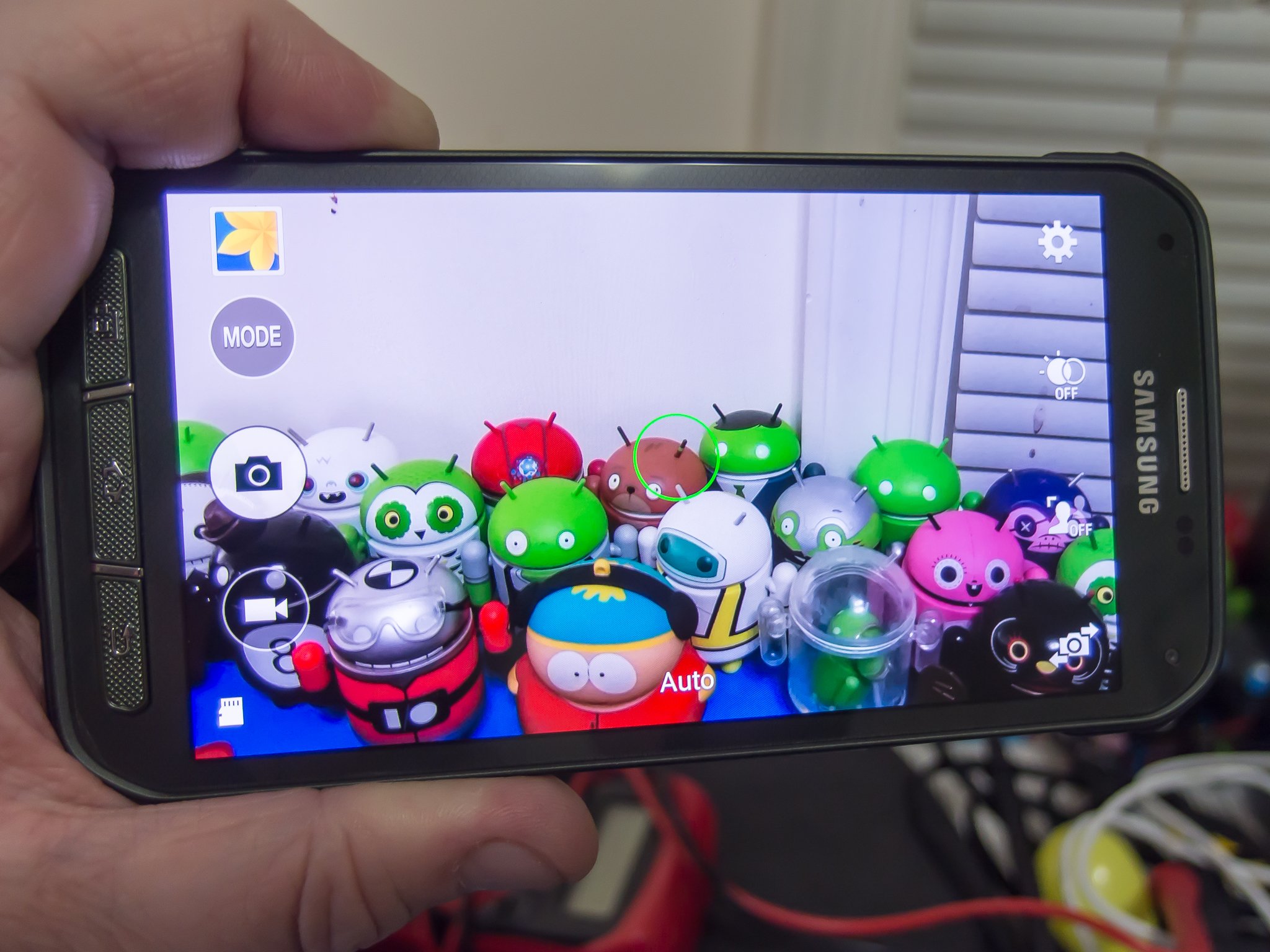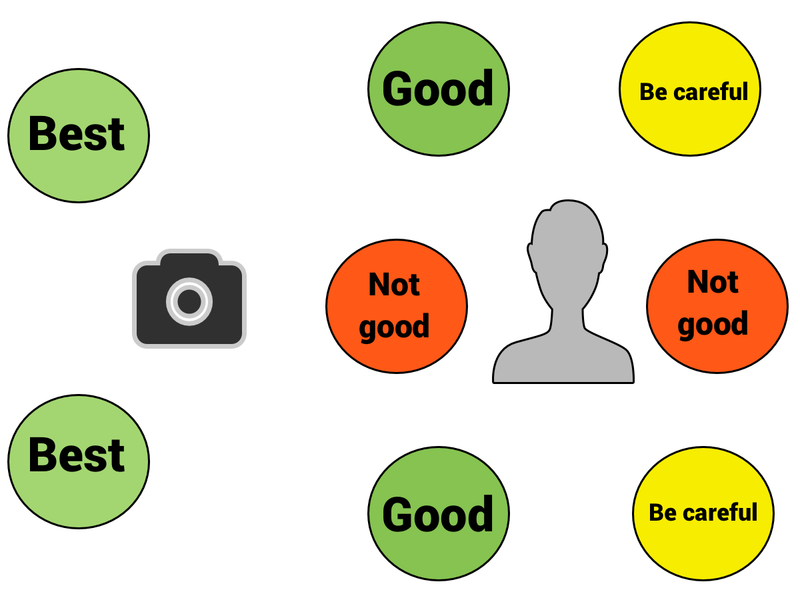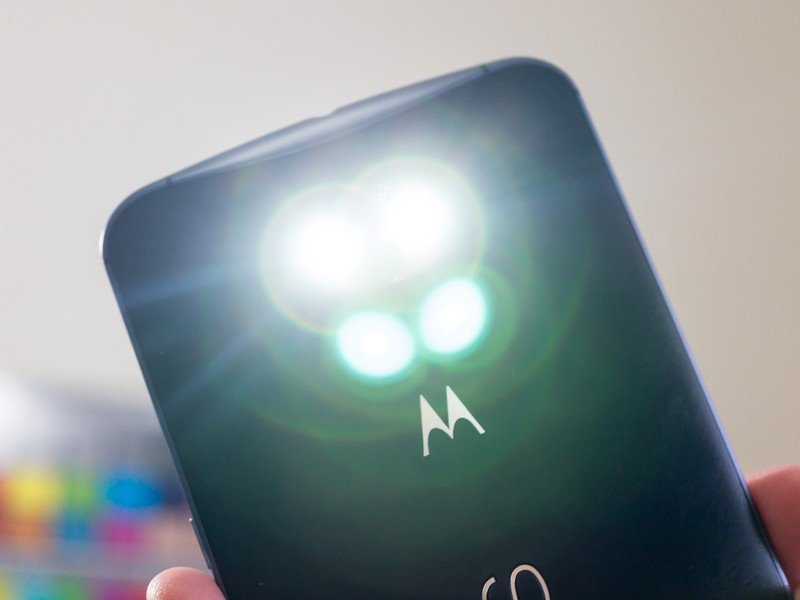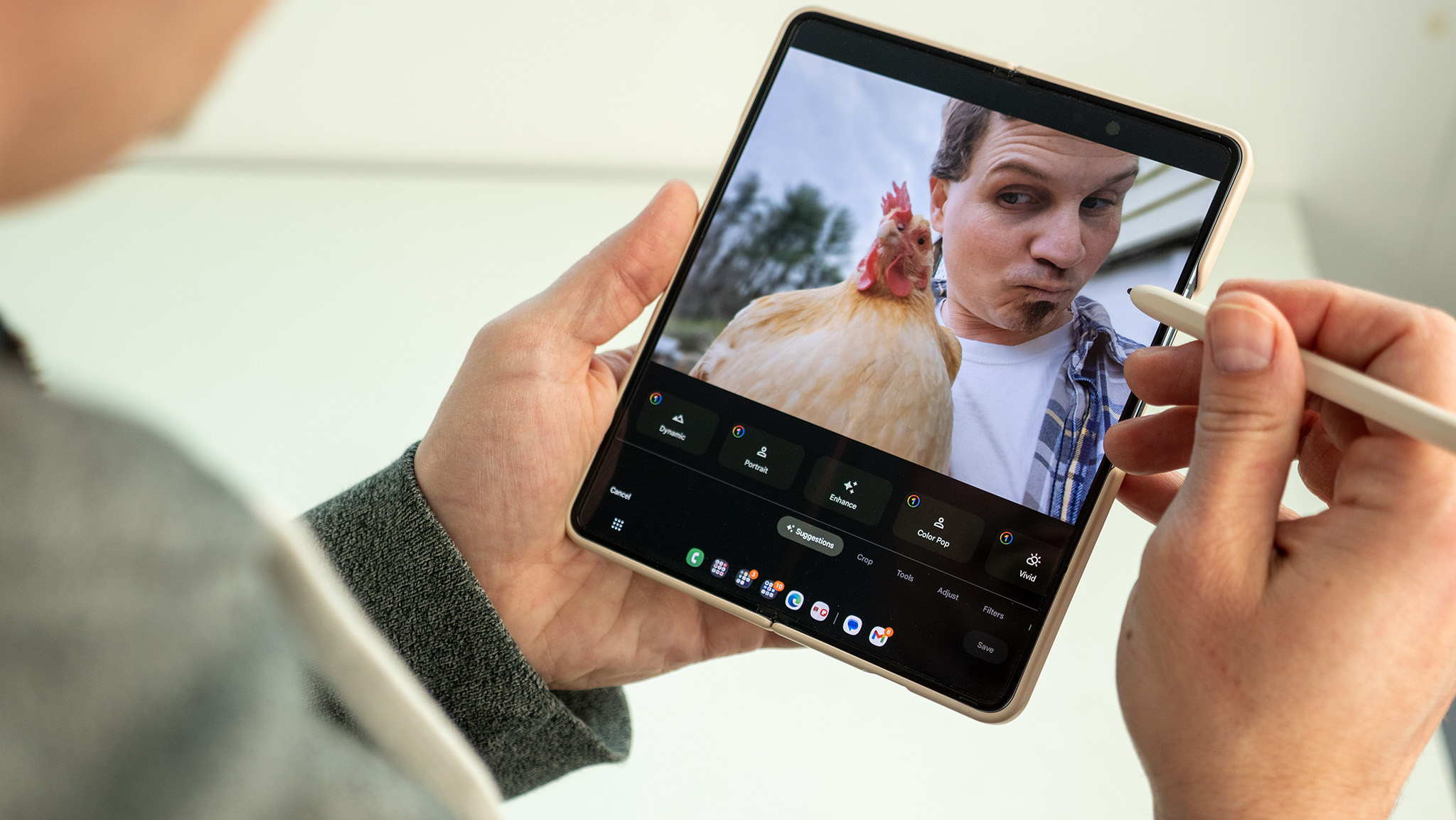A guide to lighting and Android photography

Anytime you see a discussion about photography, or read a set of tips and tricks for better pictures, you'll find talk about the lighting. It's the most important factor in the picture-taking process, and unlike settings and sliders to adjust your exposure, oftentimes we have no control over it.
It's possible to get great photos under almost any lighting conditions, but to do that you'll need to know how to use the available light to your advantage. It's not as hard as you might think, and by following a few simple guidelines you'll get better results from your camera.
READ MORE: Lighting and Android photography
Not all light sources are equal

Let's break this down into two parts — natural light and artificial light. Natural light is the sun (or the moon) and its reflection. It's the type of light that looks best to the human eye, and most times you'll be trying to emulate it when you're using artificial light. Natural light makes colors look "right" and gives the sort of highlights and shadows that we find pleasing in a photo. It can also be very harsh and difficult to use if you aren't prepared.
Artificial light is everything else. You might have a nice studio light that glows at the right temperature, or you might need to take a picture under a dim and yellow light. You can get great pictures from both as long as you think about how to use the light you have to your advantage.
The good news is that no matter what type of light you use, positioning yourself and the subject of your photo is pretty much the same.
Get the light behind you

Whether it's the sunlight coming through a window or shining overhead, or an artificial light source, you want things to be in the right spot for the best pictures. Ideally, you want the light source to be above you and behind you, shining towards the things or people you're photographing. If the light source is bright enough, this is pretty much all you need to get a "properly" lit scene.
Be an expert in 5 minutes
Get the latest news from Android Central, your trusted companion in the world of Android
Sometimes — and this is usually the case when using artificial light — things just aren't bright enough and you'll need to adjust. You never want the light to be between you and your subject, and you never want the light to be behind the subject. Move things around trying to get the subject closer to the light source, while keeping it (and any glare that comes off of it) out of the final picture. Try positioning the subject so that the lighting is close and to one side, then move to a position where there are no long shadows from side-lighting your subject.
Don't be afraid to introduce more lighting. A small flashlight can work wonders if it's placed in the right position. So can a big, white object that reflects the available light. If you're setting things up for a photo session, you have time to try a few things. Try them.
This takes some practice, but it's fun practice. Once you get the hang of it and see how your camera works in different lighting scenarios, it gets much easier. Knowing what your camera is capable of, and how it acts when the light is where it is makes for better action shots, too. Those are the hard ones.
Make the light "right"

While we want the scene to be lit nice and brightly, we don't want things washed out or have so much glare it looks bad. We also want the color to look correct so that our eyes are pleased. Our eyes can adjust for most any lighting far better than any camera sensor can, so we might have to work a bit to get that natural look.
- Use "cover" to your advantage if you're outside. Getting yourself or the subject in (for example) the shadow of a big tree makes for a very different picture than standing out in the direct sun.
- Cloudy days make for the best lighting conditions outdoors.
- Noon is never the best time to take pictures outdoors. Try a few hours before or after so that the sun is at an angle.
- Always check your white balance when using artificial lights. Always.
- If you can't get things "just right" by setting the EV and adjusting your ISO, take a bunch of pictures anyway and see what you can do in an editor.
- Under-exposed pictures are usually easier to "fix" in an editor than over-exposed pictures. Pull up the shadows, then smooth things a little for a nice soft — but pleasant — look.
Forget all this, get creative

These tips are to help you get a natural looking photo of a still subject that looks good. This is something that you need to practice until you know your camera and what it can do, and while the tips are simple they are effective.
But sometimes, you wanna throw it all away and see what happens.
Move around and see how things look with the light in the "wrong" place or without setting the white balance or EV. Position yourself so you get some dramatic lens flare. Do all the wrong things and sometimes you get awesome results. This is especially fun when you have lights that aren't a shade of white, or are adjustable like the Phillips Hue line.
Just don't point things directly at the sun, because it can damage your sensor as well as your eyes.
Friends don't let friends use the flash on their smartphone

Resist the temptation to use the built-in flash on your Android. They can do a great job adding extra light, and high-end Androids may have color-correction built into the assembly, but most times you're not going to like the result. The flash sits too close to the sensor on a smartphone and makes for very harsh, direct lighting. You almost never want harsh direct lighting when taking a photo, so forego the flash.
Not that the flash on your phone's camera is useless. It can be a lifesaver when taking action-shots (we'll cover that soon) or when there is no other light available. Even a too-bright slightly washed out picture because you used the camera flash is better than no picture at all, but when you're taking your time for the perfect picture there are better alternatives.

Jerry is an amateur woodworker and struggling shade tree mechanic. There's nothing he can't take apart, but many things he can't reassemble. You'll find him writing and speaking his loud opinion on Android Central and occasionally on Threads.
